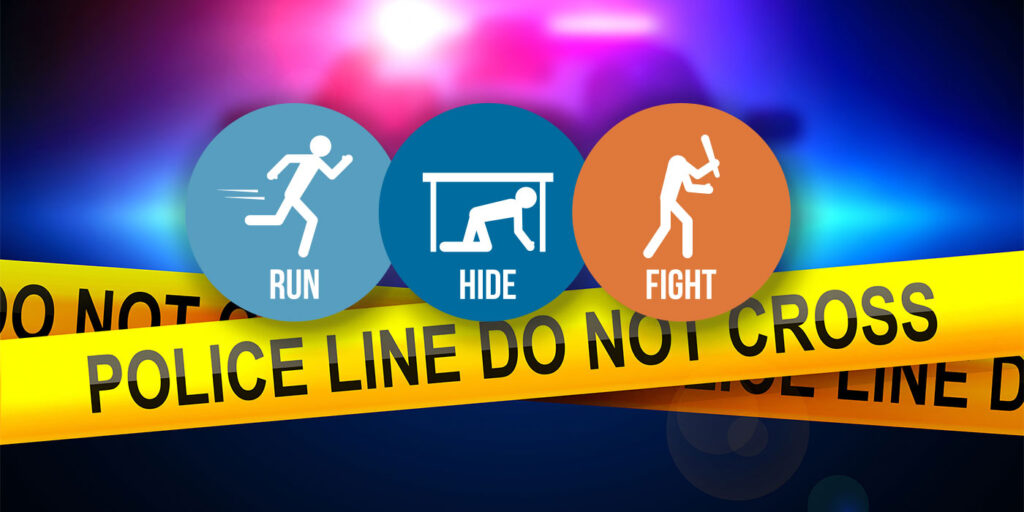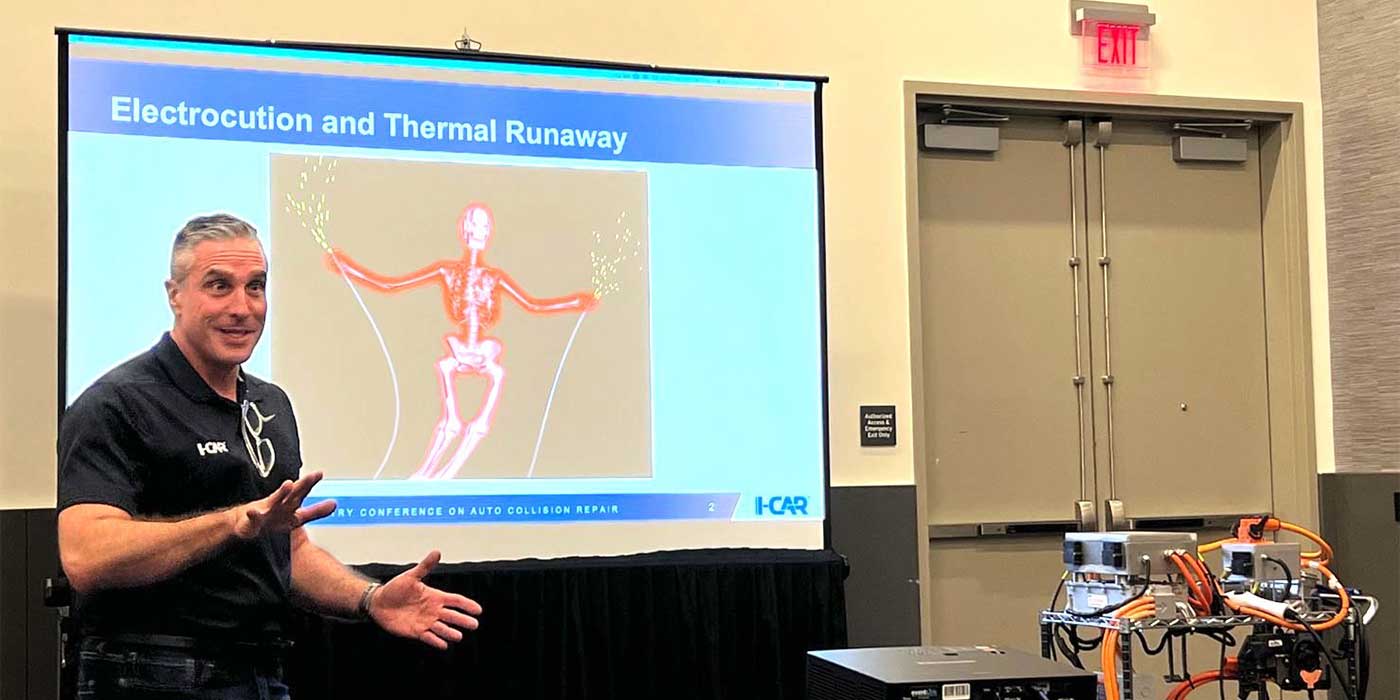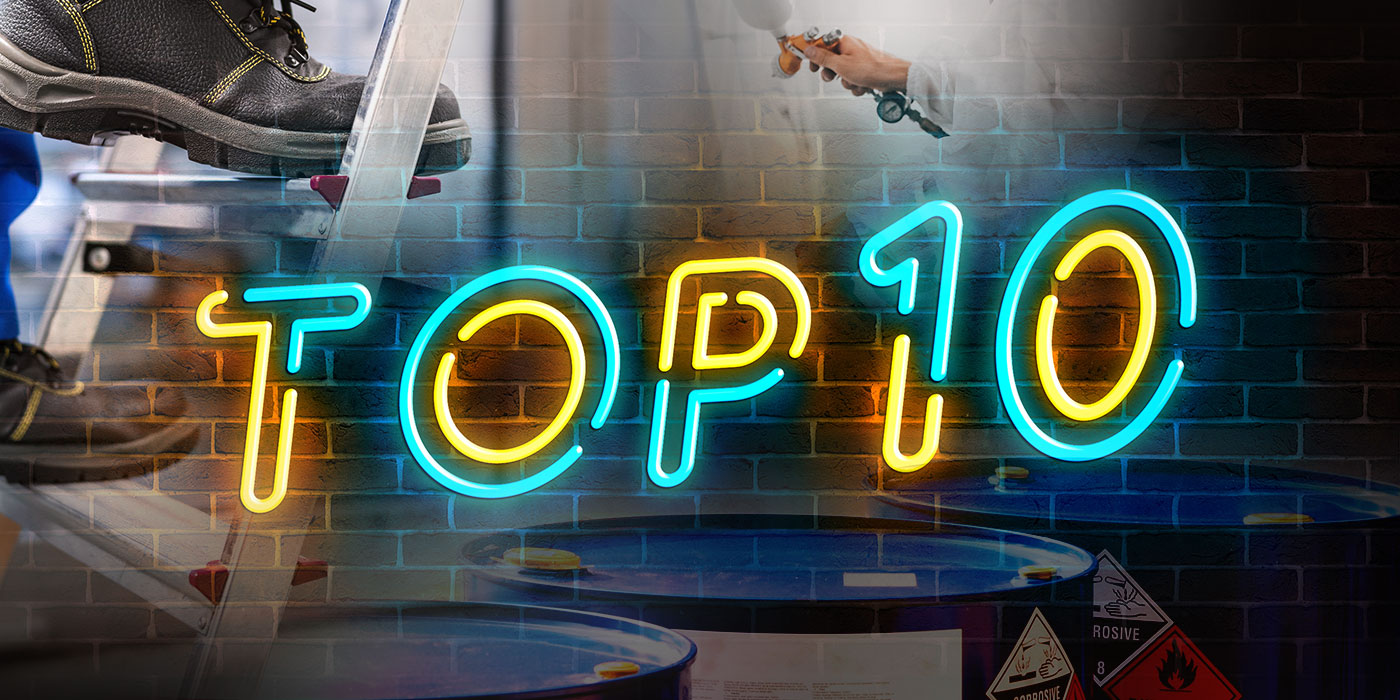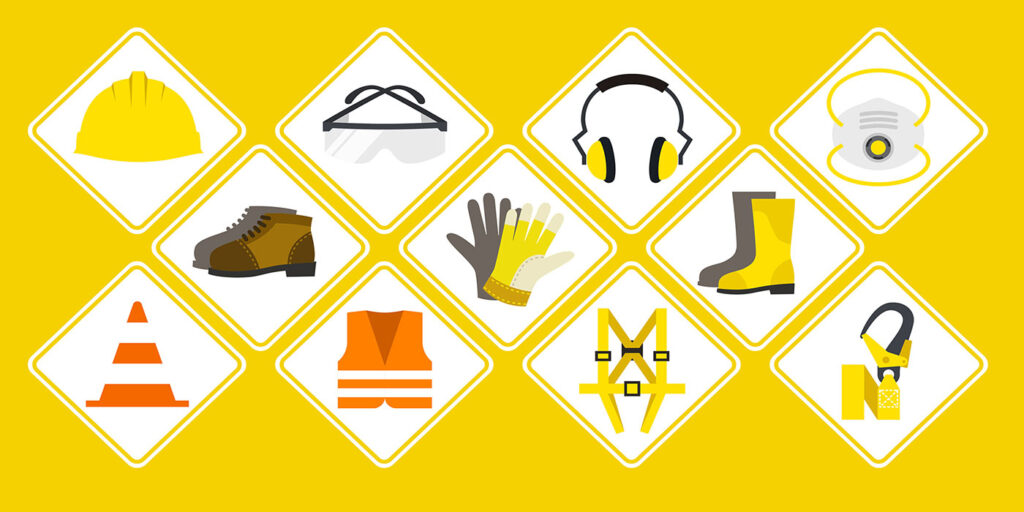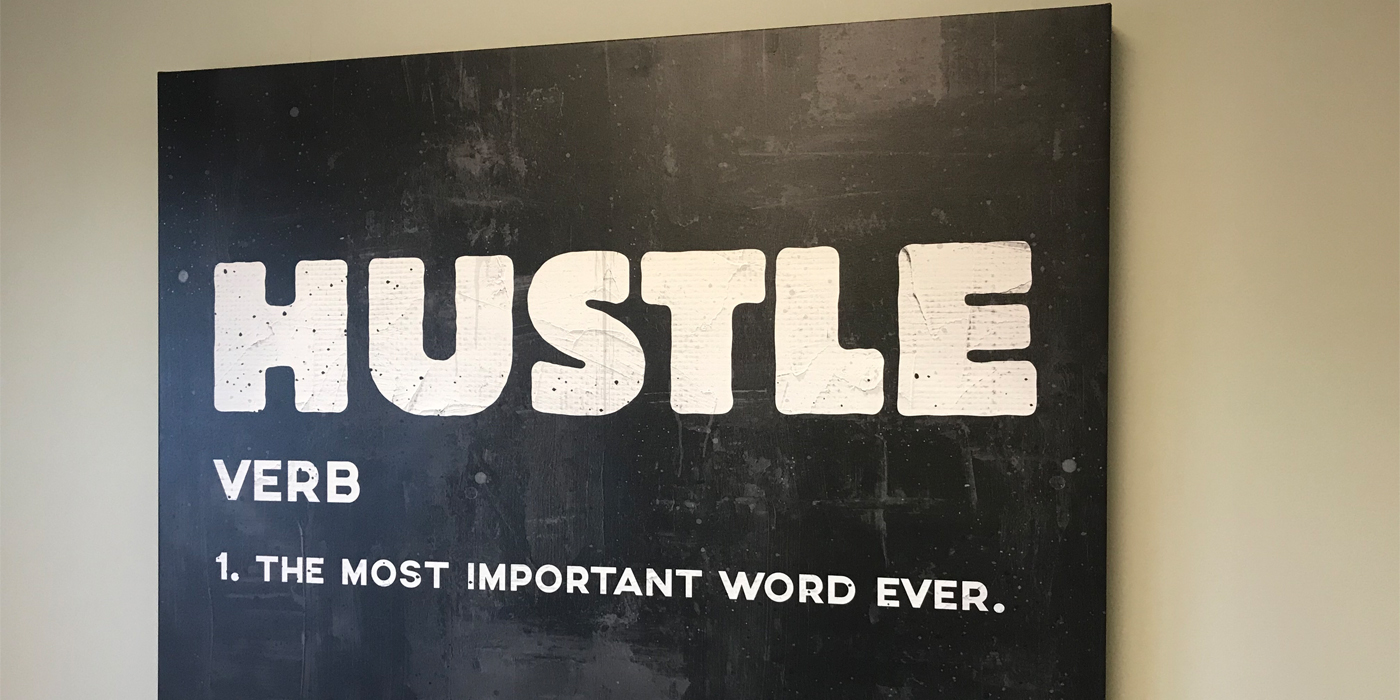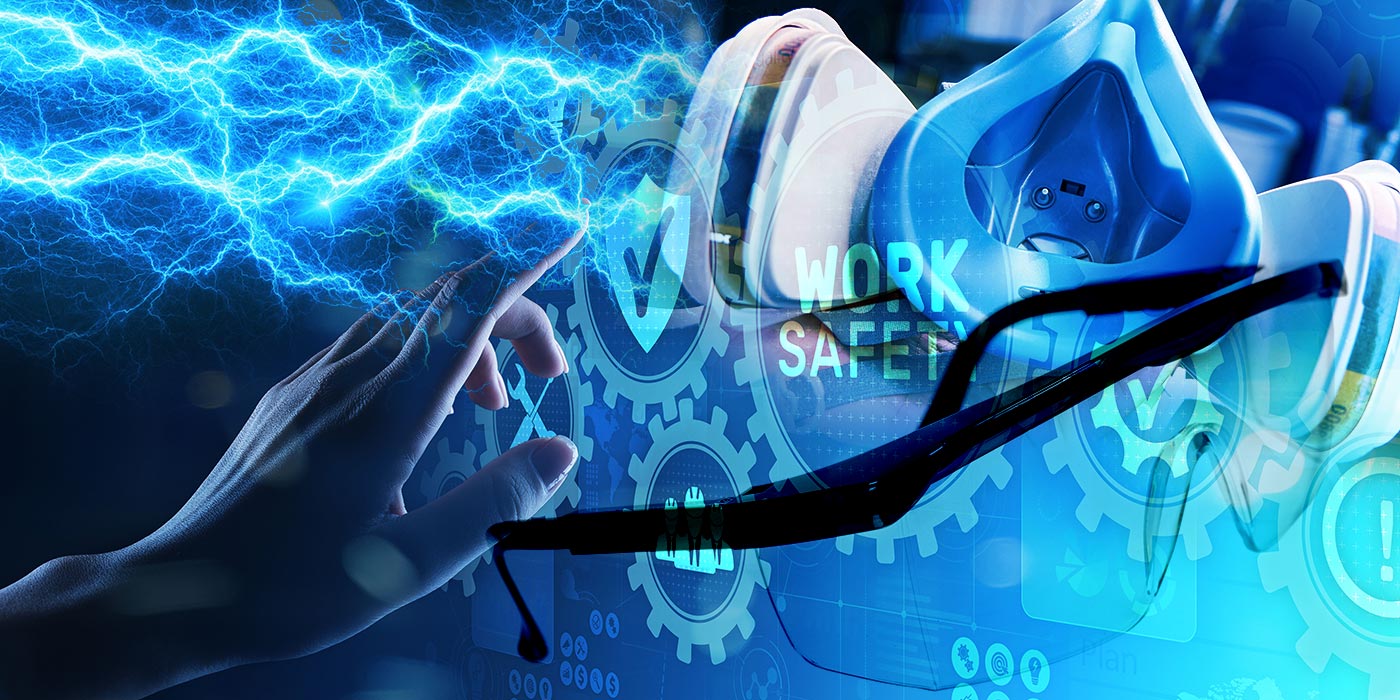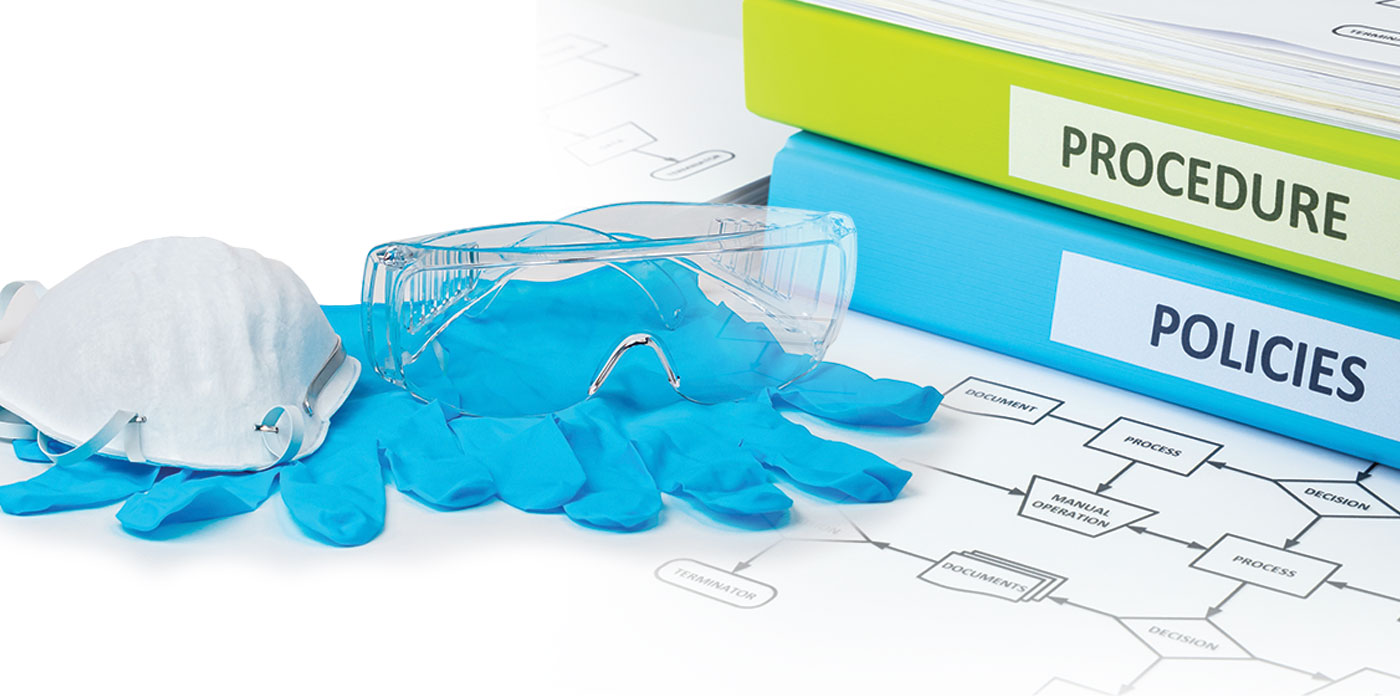Two shocking events that happened in May are just a snapshot of what we’ve seen in news headlines lately. On May 14, a gunman opened fire outside Tops Friendly Market in Buffalo, N.Y., killing 10 people ranging in age from 20 to 86. Just 10 days later, an 18-year-old killed 19 students and two teachers at Robb Elementary School in Uvalde, Texas.
Active shooter situations have been happening for decades all over the country, in every possible setting: shopping malls, schools and college campuses, churches, businesses and more. As an individual, you may think you’re powerless to prevent such a situation from happening in your business, but you can be armed with the knowledge to take quick and smart action when faced with this type of situation.
Active Shooter
According to several U.S. government agencies, including the U.S. Department of Homeland Security/Federal Emergency Management Agency (DHS), the U.S. Department of Justice/Federal Bureau of Investigations, the White House and the U.S. Department of Education, an active shooter is “an individual actively engaged in killing or attempting to kill people in a confined and populated area.” Implicit in this definition is that the person is using firearms.
Active shooter situations typically are unpredictable and evolve quickly, with no pattern or method to the selection of victims. The shooter usually moves throughout a building or site until stopped by law enforcement, suicide or other intervention. The immediate deployment of law enforcement is often required to stop the shooting and lessen harm to victims. Active shooter situations are often over within 10 to 15 minutes, sometimes before law enforcement arrives on the scene.
What Would You Do?
Maybe you haven’t thought about what you might do in this type of situation, but let’s say you do encounter the unthinkable. Don’t you want to be the one who has a plan in place? Your decisions in an instant can mean the difference between life and death. You need to decide immediately the safest course of action based on what is unfolding in your particular situation.
There are many phrases used by government agencies and other organizations to help people remember what to do. In this column, we will be discussing the strategy, “Run-Hide-Fight,” an approach supported by the DHS.
Run-Hide-Fight is a three-step process to prevent or reduce loss of life in an active shooter event. If there is an active shooter in your vicinity, you must determine which of these three is the most reasonable based on several factors, such as what type of room you’re in, the shooter’s probable location and the easiest or nearest exit. The choices are listed in order of what’s most likely to keep you safe:
- Run. If there is an accessible escape path and it’s safe to do so, your preferred action may be to run from the building or scene. Be calm but act quickly to distance yourself from the shooter. Be sure to have an escape route and plan in mind, and avoid elevators and escalators if possible. Help others escape if you can, but run regardless of whether others agree to follow. Do not attempt to move wounded people, and leave belongings behind. Call 911 as soon as it is safe to do so.
- Hide. If running is not possible, you need to find a place to hide where the shooter is less likely to find you. Your first job is to remain calm. If you’re in a hallway, get to a room, preferably one with few windows and thick walls. Close blinds or cover windows, and turn off lights. Wherever you’re hiding, make every effort to be out of the shooter’s view and have something between you and the shooter that could potentially protect you if shots were fired in your direction but not trap you or restrict your options for movement. When hiding, remain silent and be sure to silence your cell phone (not vibrate), and turn off any other sources of noise, such as radios, TVs or computers. If you’re hiding and can make a 911 call, do so. If you cannot speak, leave the line open and allow the dispatcher to listen. Remain in place until you’re given an “all clear” by identifiable law enforcement.
- Fight. When running and hiding are not a safe option, you can make a personal choice to take action against the active shooter. This is recommended as a last resort and only when your life is in imminent danger. In this case, you must do everything you can to attempt to disrupt and/or incapacitate the active shooter.
Your chance of survival could be greater if you try these tactics when a shooter is in close range: finding anything that can be used as a weapon, such as chairs, fire extinguishers, brooms or mops, etc.; throwing items at the shooter; acting as aggressively as possible against the shooter; and yelling.
Ready for Anything
For many people, the thought of being present in an active shooter situation never crosses their minds. Unfortunately, the “it will never happen to me” attitude is short-sighted and potentially dangerous. Your quick actions in an emergency situation can help save lives — including your own. Run-Hide-Fight: Commit it to memory.
In our next column, we’ll talk about the role of law enforcement in an active shooter situation and how you can be most helpful after an incident.

